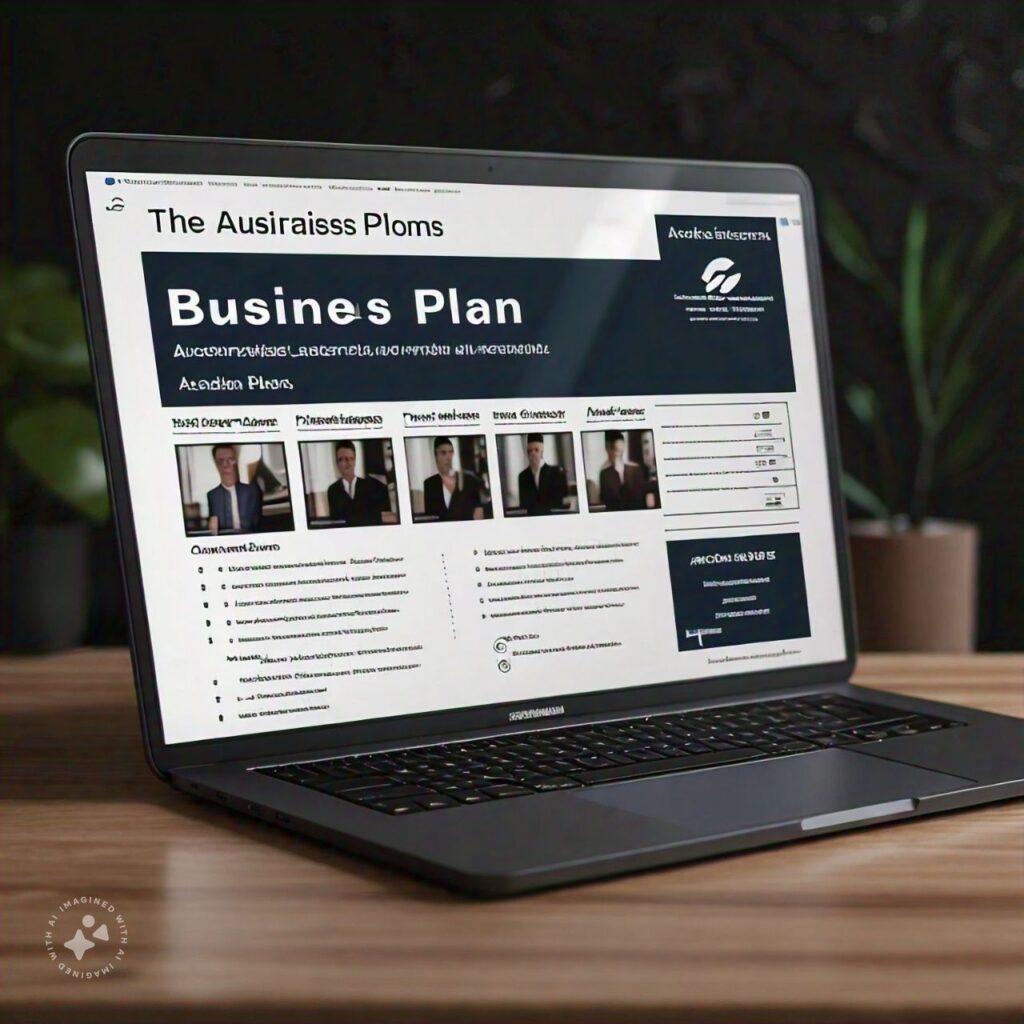Starting a business in Australia requires a well-structured business plan. This essential document serves as a roadmap, guiding your business from the initial idea to long-term success. Here’s a step-by-step guide on how to craft a comprehensive business plan tailored for the Australian market.
1. Executive Summary
The executive summary is the first section of your business plan, but it should be written last. It provides an overview of your business, including your mission statement, product or service offering, target market, and financial goals. While brief, it should capture the essence of your business and entice readers to explore the rest of the plan.
2. Business Description
This section delves into the details of your business. Start with the basics, such as the business name, structure (e.g., sole trader, partnership, or company), and location. Explain what your business does and what makes it unique in the Australian market. Discuss the industry landscape and how your business fits within it.
3. Market Research
Understanding the market is crucial for any business. Conduct thorough market research to identify your target audience, competitors, and industry trends in Australia. Include data on customer demographics, preferences, and purchasing behavior. This information will help you position your business effectively and identify opportunities for growth.
4. Marketing and Sales Strategy
Your marketing and sales strategy outlines how you plan to attract and retain customers. Discuss the marketing channels you’ll use, such as social media, email marketing, or traditional advertising. Define your sales process and explain how you’ll convert leads into paying customers. Be sure to tailor your strategies to the Australian market, considering local consumer behavior and cultural nuances.
5. Organizational Structure
In this section, describe the structure of your business, including the roles and responsibilities of key team members. If applicable, provide an overview of your management team’s qualifications and experience. Highlight any gaps in expertise and outline how you plan to address them.

“How to Write a Business Plan for a Australia Business”
6. Product or Service Line
Detail the products or services your business will offer. Explain the benefits to your customers and how your offerings stand out from competitors in Australia. Include information on the lifecycle of your products or services, research and development, and any intellectual property you own.
7. Financial Projections
Financial projections are a critical component of your business plan. Include a detailed forecast of your expected revenue, expenses, and profits over the next three to five years. Provide a break-even analysis, cash flow statement, and balance sheet. These projections should be based on realistic assumptions and reflect the Australian economic environment.
8. Funding Requirements
If you’re seeking funding, clearly outline your financial needs in this section. Specify how much capital you require, how it will be used, and the type of funding you’re seeking (e.g., loan, equity investment). Include a repayment plan if applicable. Be transparent about the risks involved and how you plan to mitigate them.
9. Appendix
The appendix contains supporting documents and additional information that enhances your business plan. This may include resumes of key team members, legal documents, market research data, or product images. While not always necessary, the appendix can provide valuable context for investors or stakeholders.
Conclusion
Writing a business plan for an Australian business involves careful research, strategic thinking, and a deep understanding of the local market. A well-crafted business plan not only helps you navigate the challenges of starting a business but also increases your chances of securing funding and achieving long-term success.
FAQS
1. What is the most important part of a business plan?
The executive summary is often considered the most important part because it provides a concise overview of your entire business plan, helping investors and stakeholders quickly understand your business idea and goals.
2. How detailed should my financial projections be?
Your financial projections should be as detailed as possible, including forecasts for revenue, expenses, profits, and cash flow. They should cover at least the next three to five years and be based on realistic assumptions.
3. Do I need to include market research in my business plan?
Yes, market research is essential. It helps you understand your target audience, identify competitors, and analyze industry trends, which are all crucial for developing effective marketing and sales strategies.


































Leave a Reply